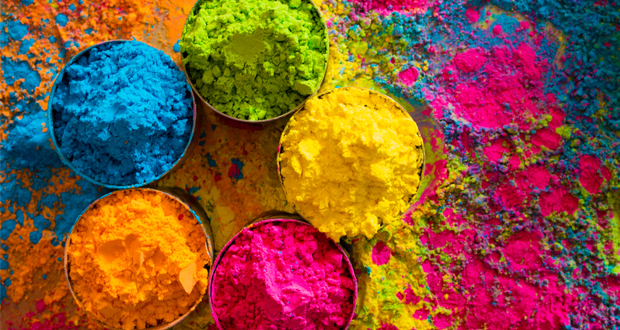The first’s theories about a color, Aristóteles times, known with the theory that colors were a property from objects, as the weight and shape. He said that the basic colors were 6: green, red, yellow, white and the black.
Leon Battista Alberti (Italian architect and humanist from the renaissance) said that the basic colors were the red, green, blue and gray.
Leonardo Da Vinci said later, opposing to Aristóteles’s Theory that the color was a light, not object property.
However was Isaac Newston who argued the most credible vision about the color when the experience he did with a quadrangular pyramid multiplied in colors. However, only the white bundle results on the 7 colors we know nowadays.
More theories came over complementing Newton’s theory, like Le Blon and Goethe. Le Blond set 3 primary colors that are still being used: the yellow, the red and the blue.
What is the color after all?
Acording to cientific facts, it is a visual perception caused by an action of bundles on our retina and gives the information to our nervous system.
"An object will have certain color if do not absorve the rays corresponding to the frequency of that color.
Thus, an object is red because it absorbed preferentially frequencies out of the red. "
"The color is related to the different wavelength of the electromagnetic spectrum. They are perceived by people in a specific range (the visible range), and for some animals through the organs of vision, as a sensation which allows us to differentiate space objects with greater accuracy.
Considering the colors as light, the white color results from the overlap primary colors (yellow, blue and red), while black is lack of light. A white color can be decomposed in all colors with a prism."

